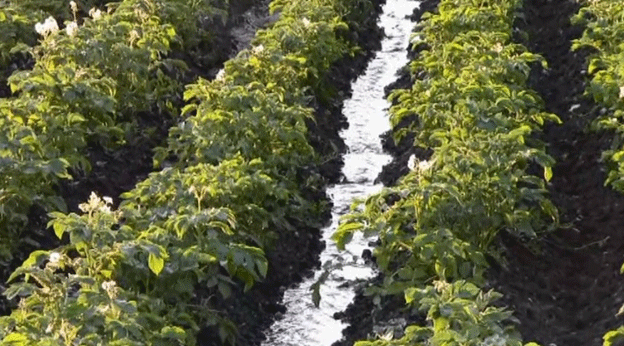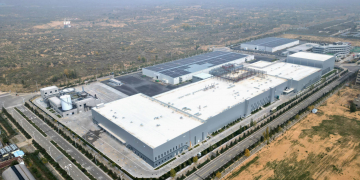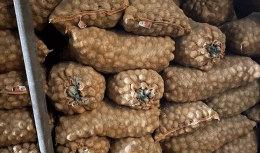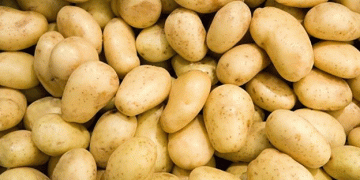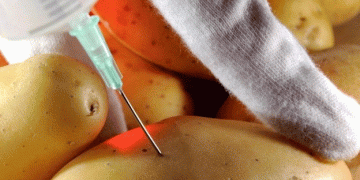The 2025 potato season in Spain is off to a turbulent start. Unusually heavy and prolonged rainfall across southern and northern regions is endangering both yield and quality of the country’s early potato crop. The most serious impacts have been observed in Seville, where flooding and disease are compounding challenges for growers.
Seville Under Water: Mildew and Market Mayhem
According to José Peláez, Manager of Sevillana de Patatas, some parts of the region haven’t seen this volume of rainfall since 1996, when the Guadalquivir River overflowed. This time, while flooding has affected only some fields, persistent humidity has caused a surge in mildew outbreaks, threatening crop quality across a broader area.
Farmers report major difficulties in applying fungicides due to soggy fields, forcing many to switch to drone-assisted spraying to combat the spread. Peláez remains cautiously optimistic: “There’s still about a month to go… but the earliest potatoes will certainly be affected.”
Delays in the North: A Worrying Shortfall
In Cartagena and Valladolid, where planting typically accelerates in early spring, the wet conditions have pushed back schedules drastically. As of early April, only 5% of the northern crop had been planted—well behind the 50% norm for this time of year. If rains continue, this could significantly reduce available volumes for the European early summer market.
Ripple Effects Across Europe
The situation in Spain is already reshaping potato trade patterns across the continent. Belgian exporter Warnez reports rising demand for Belgian ware potatoes in Southern and Eastern Europe, with volumes increasing to fill Spain’s expected supply gap.
While prices for processing potatoes had dipped slightly in February and March—linked to broader supply chain resets—they are now firming up again due to weather-related supply pressure.
At the same time, geopolitical tensions are influencing buying patterns. Several European retailers are reportedly avoiding Israeli potato imports, adding further pressure on Spain to meet demand—a role it may not be able to fulfill this season.
Bigger Picture: Frozen Segment Under Pressure
According to DCA Market Intelligence and market observers like Jurgen Duthoo, the processing industry in Europe is facing increasing pressure not only from weather events but also from growing competition abroad. Egypt and China continue to expand their frozen potato exports, while the U.S. trade policy shift under President Trump—including tariff threats on EU food products—has left European fry producers on edge.
In 2024, the EU exported over 1 million tons of frozen fries, with major destinations including the UK, Middle East, and Asia. With uncertainties in the U.S. and delays in Spain’s fresh market, processors may face raw material shortages and export barriers simultaneously.
Spain’s weather-driven early potato crisis is creating an inflection point for the European potato industry. From flooded fields and mildew in Seville to delayed plantings in the north, the country’s reduced supply is already changing European trade flows and pricing. While Belgian exporters are temporarily benefiting, the broader European market is entering a period of high volatility, marked by climate risk, geopolitical uncertainty, and growing global competition. The coming weeks will be critical—not just for Spanish growers, but for the stability of Europe’s entire potato supply chain.
